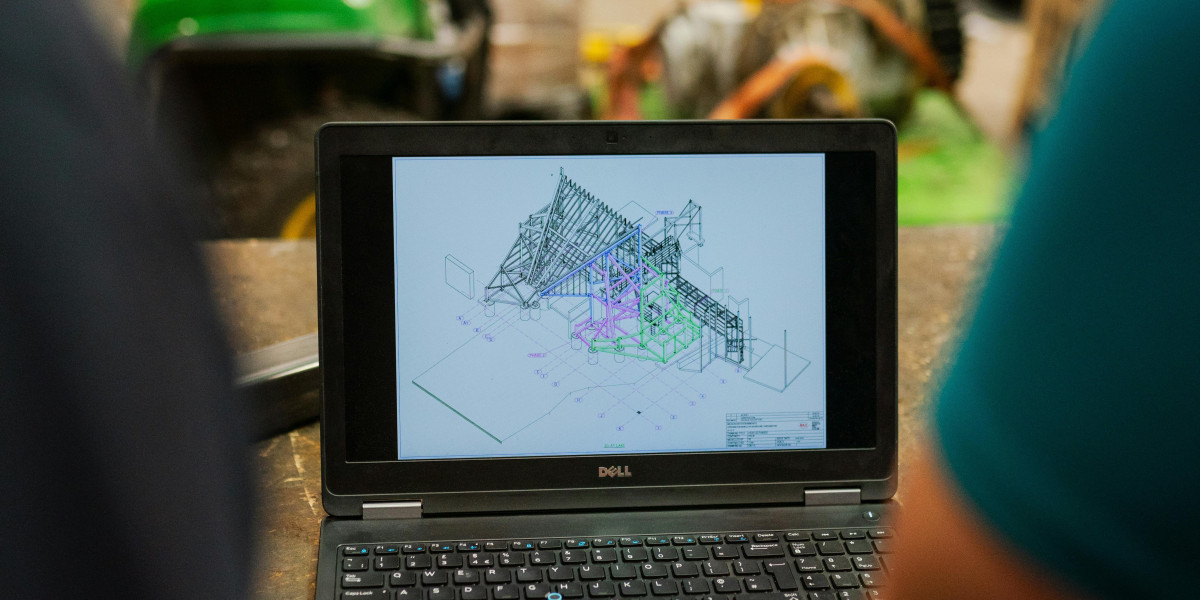In the quest for a sustainable future, businesses and industries are increasingly turning to innovative strategies and practices to reduce their environmental footprint and embrace more responsible operations. From Sustainability Reporting to Green Building Certification, Carbon Emissions Calculations, and Decarbonization Strategies, there's a wealth of tools and approaches available to help organizations navigate the complex landscape of sustainability. In this comprehensive blog post, we'll delve into each of these key concepts, exploring their significance and impact on the journey toward a greener, more sustainable world.
Sustainability Reporting: Illuminating the Path to Progress
At the heart of sustainable business practices lies the concept of transparency and accountability. Sustainability Reporting serves as a beacon, guiding organizations as they assess, measure, and communicate their environmental, social, and governance (ESG) performance. Through comprehensive reports, companies disclose their sustainability initiatives, progress, and challenges, fostering trust among stakeholders and driving continuous improvement.
By embracing Sustainability Reporting, organizations not only demonstrate their commitment to responsible business practices but also gain valuable insights into areas for growth and innovation. From reducing carbon emissions to promoting ethical supply chain practices, Sustainability Reporting empowers companies to align their values with their actions, fostering a culture of sustainability that extends beyond the boardroom and into the broader community.
Green Building Certification: Building a Sustainable Future Brick by Brick
As the built environment continues to expand, the need for sustainable building practices has never been greater. Green Building Certification programs, such as LEED (Leadership in Energy and Environmental Design) and BREEAM (Building Research Establishment Environmental Assessment Method), provide guidelines and standards for designing, constructing, and operating green buildings.
From energy-efficient design to water conservation measures, Green Building Certification encourages developers and architects to prioritize sustainability at every stage of the building process. By achieving certification, buildings not only reduce their environmental impact but also enhance occupant health and well-being, leading to lower operating costs and increased property value.
Carbon Emissions Calculations: Quantifying Environmental Impact
Carbon emissions are a leading contributor to climate change, making them a key focus of sustainability efforts worldwide. Carbon Emissions Calculations enable organizations to quantify their greenhouse gas emissions, identify emission hotspots, and develop targeted strategies for reduction.
Through robust data analysis and reporting, organizations can pinpoint areas of inefficiency and implement initiatives to mitigate their carbon footprint. From transitioning to renewable energy sources to optimizing supply chain logistics, Carbon Emissions Calculations provide a roadmap for organizations to achieve their emissions reduction goals and contribute to a more sustainable future.
Decarbonization Strategies: Paving the Way to a Low-Carbon Future
Decarbonization is the process of reducing carbon emissions across all sectors of the economy, from energy production to transportation to industry. It requires a comprehensive approach that encompasses policy interventions, technological innovation, and behavioral change.
Decarbonization Strategies aim to accelerate the transition to a low-carbon economy, enabling organizations to meet their sustainability targets while also driving economic growth and innovation. From investing in renewable energy infrastructure to implementing energy efficiency measures, decarbonization offers a pathway to a more resilient and sustainable future for all.
Conclusion: Charting a Course for Sustainability
In conclusion, Sustainability Reporting, Green Building Certification, Carbon Emissions Calculations, and Decarbonization Strategies are essential tools in the journey toward a more sustainable future. By embracing these concepts and practices, organizations can not only reduce their environmental impact but also enhance their long-term resilience, competitiveness, and reputation.
As we navigate the complex challenges of the 21st century, let us remember the power of collaboration and collective action. Together, we can chart a course toward a world that is not only prosperous but also sustainable – a world where future generations can thrive in harmony with the planet.








